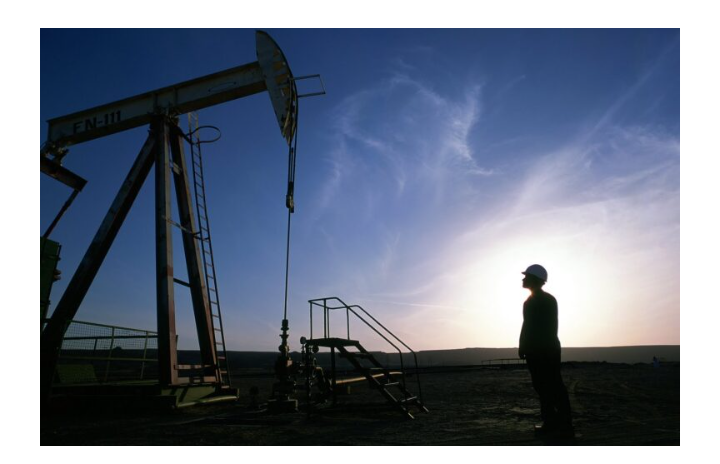Nigeria’s Midstream Market Policy Initiatives Drives Regional Trade Dynamics- Report

Targeted investment dynamics in Nigeria’s midstream oil and gas market is presenting a fundamental market structure in Africa.
According to a new report Nigeria’s leading downstream petroleum industry investment is beginning to shift regional fuel trade dynamics.
This is as Africa is poised for substantial growth in its refining capacity, set to add 1.2 million barrels per day (bpd) by 2030.
This expansion, highlighted in the 2025 OPEC World Oil Outlook, marks one of the world’s most rapid downstream developments.
Key projects in Nigeria, Angola, and Uganda are spearheading this transformation, potentially reshaping the continent’s energy independence and investment appeal.
At the centre of this expansion is Nigeria’s Dangote Refinery, with a capacity of 650,000 bpd. Since starting operations in 2024, it has begun to shift regional fuel trade dynamics. Nigeria is also home to the 200,000-bpd Akwa Ibom Refinery. Angola is set to launch the 200,000-bpd Lobito Refinery and the 100,000-bpd Soyo Refinery by 2030.
Uganda is advancing with a 60,000-bpd facility in Hoima, as part of the Lake Albert basin development. Meanwhile, modular refineries in Ghana, Guinea-Conakry, the Republic of Congo, and additional sites in Nigeria are addressing infrastructure and financing challenges with scalable solutions. In North Africa, Algeria, Libya, and Egypt are advancing projects to improve margins, enhance domestic supply security, and reduce reliance on refined imports.
The OPEC estimates Africa’s refining investments will exceed $40 billion by 2030, with an additional $60+ billion required beyond that for construction, modernization, and upgrades.
This creates a $100 billion investment opportunity for various stakeholders. With most global refinery additions happening in Asia-Pacific, Africa, and the Middle East, Africa is emerging as a high-growth area.
The 2025 African Energy Week (AEW) in Cape Town will be a crucial event for aligning refinery projects, policy incentives, and investment opportunities
As domestic crude consumption is expected to rise to 4.5 million bpd by 2050 from 1.8 million bpd in 2024, Africa’s crude exports will likely decrease by over one million bpd by 2050, underscoring a shift towards internal value chains.
Africa’s refining expansion represents both a technical and strategic turning point.
By capitalising on this momentum, the continent can transition from a raw crude exporter to a competitive, integrated energy producer. With $100 billion in projected investment needs through 2050, now is the time to focus on Africa’s downstream sector.